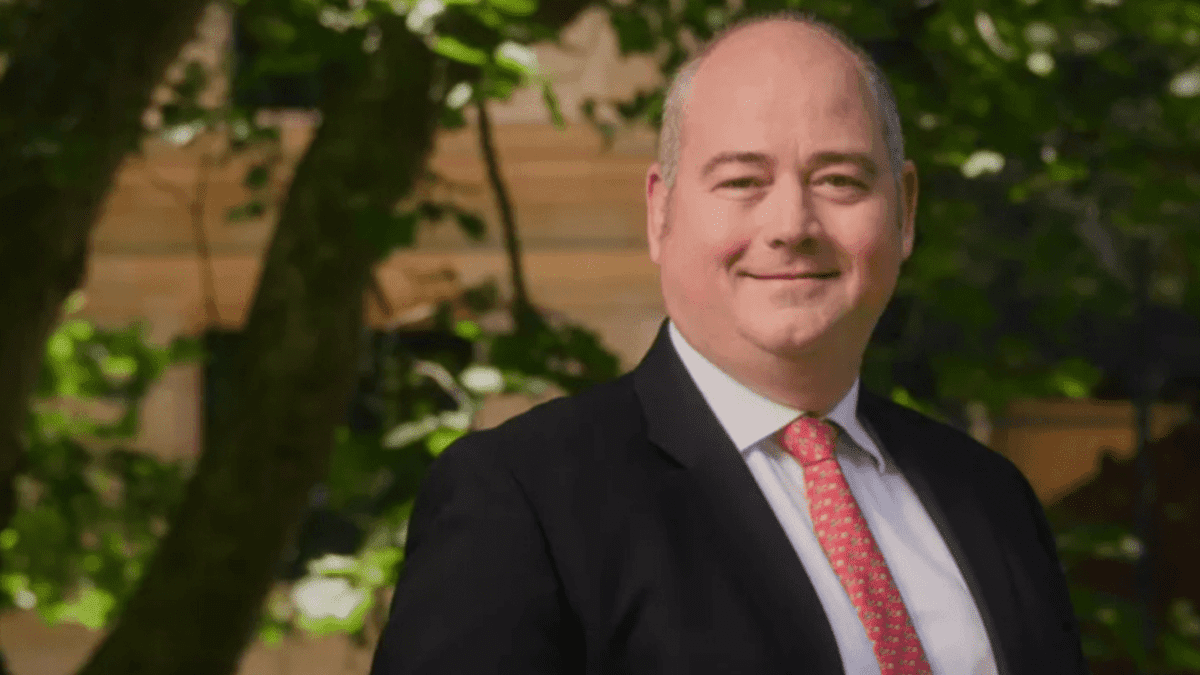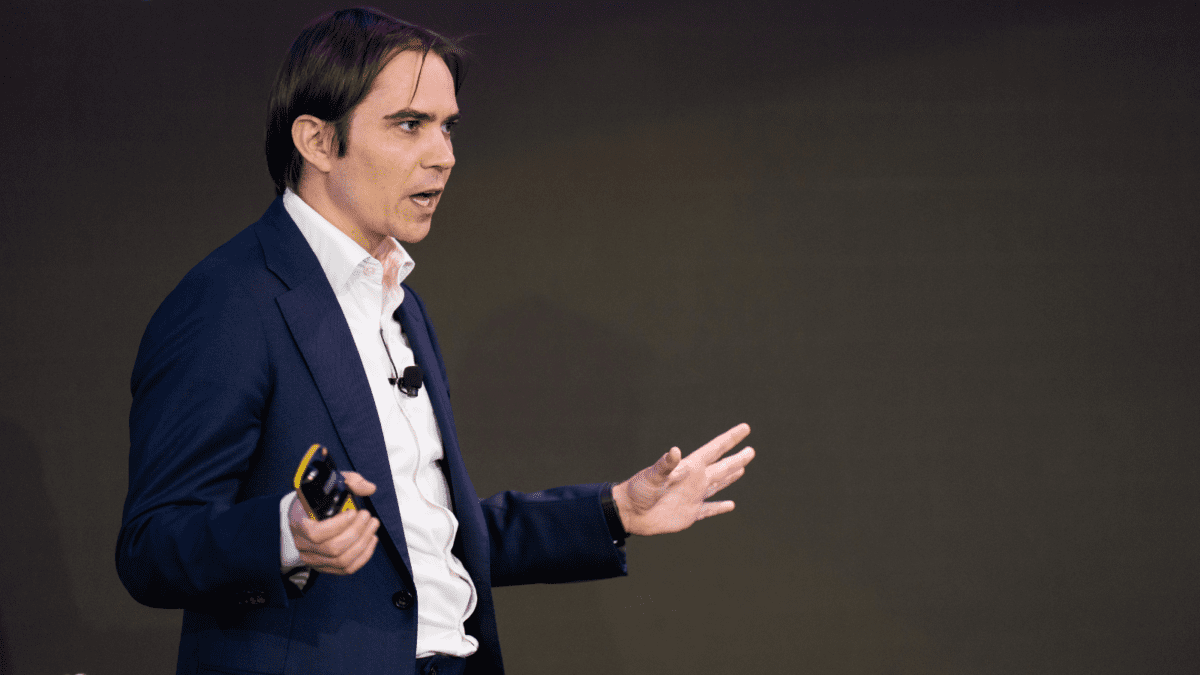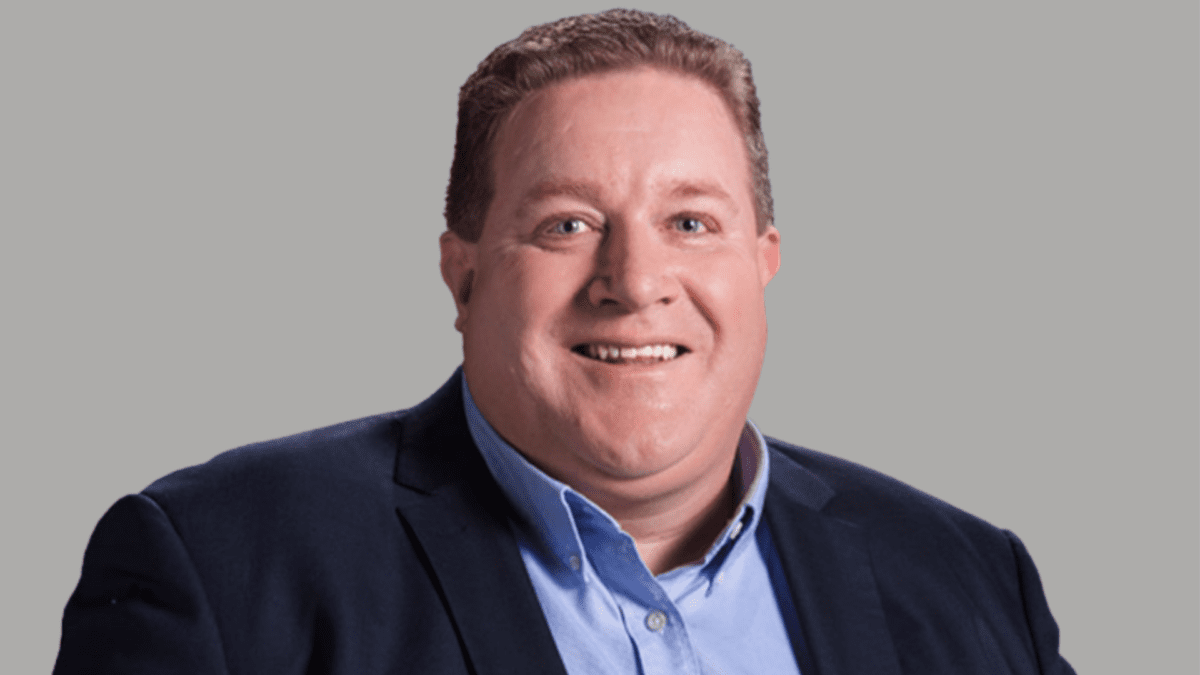Leave it to the pros: Diversification through thematics, managed accounts
While investors today would be forgiven for finding the proliferative landscape of investment options daunting, many new products are designed to make the process simpler without losing key benefits. With two growing portfolio construction trends – thematic investing and managed accounts – wealth managers are trying to offer both.
At The Inside Network’s Investment Leaders Forum held earlier this month in Noosa Heads, two product specialists laid out the benefits of these investment vehicles and how wealth management practices are focussing on them as they seek to adapt to clients’ evolving needs.
Discussing how chief investment officers design, implement and support their portfolios, Global X head of institutional sales Chad Hitzeman and Mason Stevens CIO Jacqueline Fernley talked about the growing demand for thematic exchange-traded funds (ETFs) and managed-account solutions as wealth clients seek access to greater diversification in their investments at lower cost.
According to Hitzeman, thematic investing involves “having, at a very high level, a specificity of focus on certain equity universes, industries and companies”.
Thematic portfolios, he explained, are not constrained by sector or geography and are instead centred around a structural tailwind – “something of a megatrend”.
“In other words, thematic investing is about covering areas that should have adoption curves and deep potential”, underpinned by a large addressable market.
ETF providers construct thematic portfolios around conviction in a specific megatrend; Hitzeman gave automation/robotics and the electrification of the economy as good examples. They then map out the investment universe, identifying individual companies and industries and taking note of the entire value chain.
However, selection remains an important element. “Even if there is a megatrend and you’re quite convicted on it, that doesn’t necessarily mean you’re going to select the right stocks to thrive alongside the theme,” Hitzeman said, pointing to the dot-com era as an example.
“The internet is still with us today, but many of those early companies are not.”
One requirement for a thematic investing approach is to have high conviction, Hitzeman said. Also important are having a liquid pool of stocks to operationalise a portfolio over and having a timeframe of five years or more to fully capture the theme’s development.
“We’re talking about very interesting areas, but it should all come back to the fundamentals and risk profiling,” he said, adding that diversification is key. “It’s not as though you’re introducing the theme in isolation – it ought to be introduced into an asset mix so that it’s always balanced against other asset exposures.”
Fernley talked about how she finds more wealth management practices turning to managed-account solutions as they seek to move away from an ad-hoc, one-by-one approach to managing clients’ money.
Managed accounts are accounts that investment managers oversee on behalf of client investors, generally high-net-worth individuals, giving them access to professional asset allocation, tax efficiencies and a degree of customisation.
“The rise and rise of managed accounts is a well-trodden path now, but we’re still in the infancy of the sector,” she said, pointing to expectations of 20 per cent growth over the next decade in the sector.
“It’s a big trend, and it’s not going away quickly,” she said.








